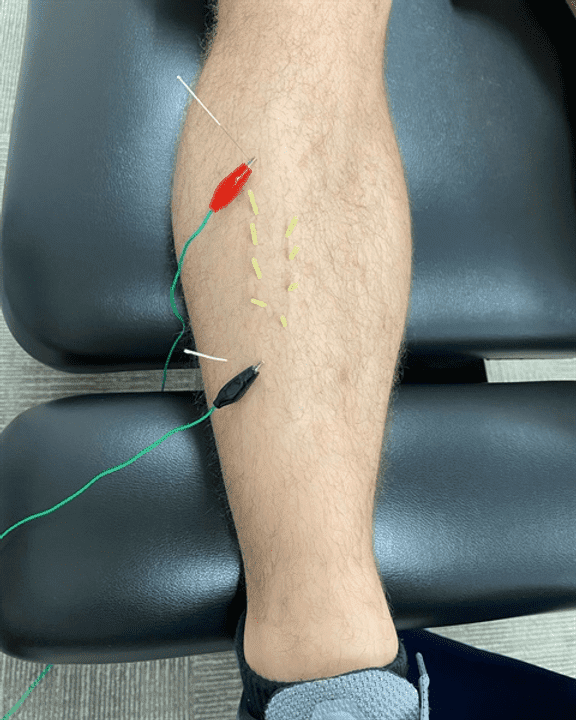Why Do I Feel Worse After Dry Needling?
Dry needling is a treatment used by physical therapists, chiropractors and other healthcare professionals to alleviate pain. When done correctly by someone trained and certified in its administration, dry needling poses no risks to patients.
Dry needling is a therapeutic technique in which your therapist cleans the area, locates trigger points and inserts needles to release them. Trigger points are small clusters of muscle fibers that may cause discomfort when pressed or irritated.
1. You Have a Trigger Point
When a trigger point forms in the muscle, it restricts blood flow to that area and lowers its pH level. This causes damage to nerve acetylcholinesterase, leading to an increase in pain chemicals produced by neurons.
You may experience a dull ache or sharp pain when pressing on the area. These feelings are commonly referred to as “referred pain.”
Trigger points can develop in any part of the body, but are most frequently located in the neck, shoulders and back. They may cause referred pain that radiates to other parts of your body as well.
Physical therapists have several techniques to treat trigger points and relieve pain, such as massage, Graston Technique, FRAMS, and physical therapy.
2. You Have a Muscle Injury
When muscles are overused or strained, they may develop knotted areas that become tender to touch and cause pain – these are known as myofascial trigger points.
Physical therapists may utilize dry needling to release a trigger point or reset tight muscles, leading to improved mobility and decreased pain.
It’s common to experience a slight twitch and cramp-like sensation during your treatment session, but this usually dissipates after less than 30 minutes.
The therapist may insert the needle directly into a knotted muscle, or they may use an “in and out” technique. This allows them to penetrate a wider area, making it useful for treating nonspecific diffuse pain.
Both techniques create a small focal traumatic lesion to stimulate your body’s natural healing response. It causes nutrient-rich blood to flow to the area and speeds up muscle repair or replacement. Furthermore, these techniques dissipate any inflammatory mediators which could accumulate in the area and cause you pain.
3. You Have Poor Posture
Your poor posture could be to blame for your pain and mobility problems. Sitting or standing hunched over can put unnecessary strain on other muscles by forcing the neck forward and back to curve inward.
Consequences can include respiratory difficulties, backaches, high blood pressure and spinal dysfunction. Fortunately, good posture can help avoid these issues from arising.
In the days following your treatment, be sure to drink plenty of water and adhere to any stretching or exercises suggested by your physical therapist. These will help prolong the effects of dry needling and reduce any soreness you may experience afterward.
Your therapist will need to assess your trigger point before inserting needles. They may ask you to perform certain movements or positions in order to pinpoint its location and see if it responds to being poked – this is called a “twitch response,” which helps them pinpoint the best spot for needle insertion.
4. You Have Poor Range of Motion
Dry needling is an effective treatment to relieve muscle pain, tightness and trigger points. A physical therapist can use this technique to address various muscle conditions like myofascial pain syndrome (FPS) and fibromyalgia.
During your session, your provider will first sterilize the area and prepare a needle. They’ll then use one hand to feel for trigger points and the other to insert the needle.
Trigger points are localized contractures in muscles that restrict motion and can refer pain or tenderness. This treatment can release these trigger points to reduce banding or tightness, increase blood flow, and relieve pain.
Dry needling has been scientifically proven to be effective at relieving pain, increasing pressure pain threshold, and optimizing pain control. Furthermore, dry needling may correct dysfunctions of motor end plates – from which nerve impulses travel – that send electrical impulses directly to muscles.
If you are interested in trying dry needling or have any questions, feel free to contact us to schedule an appointment with our team of specialists.



